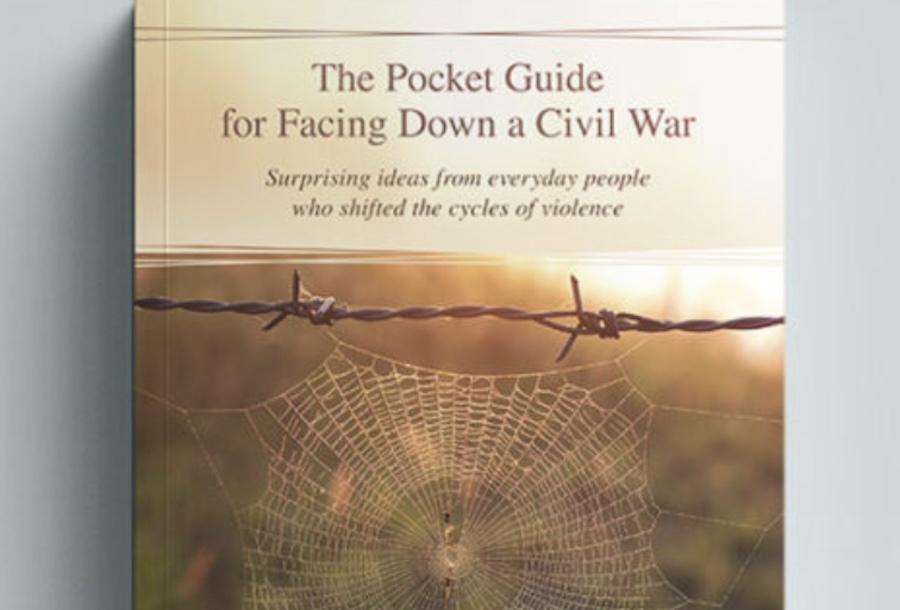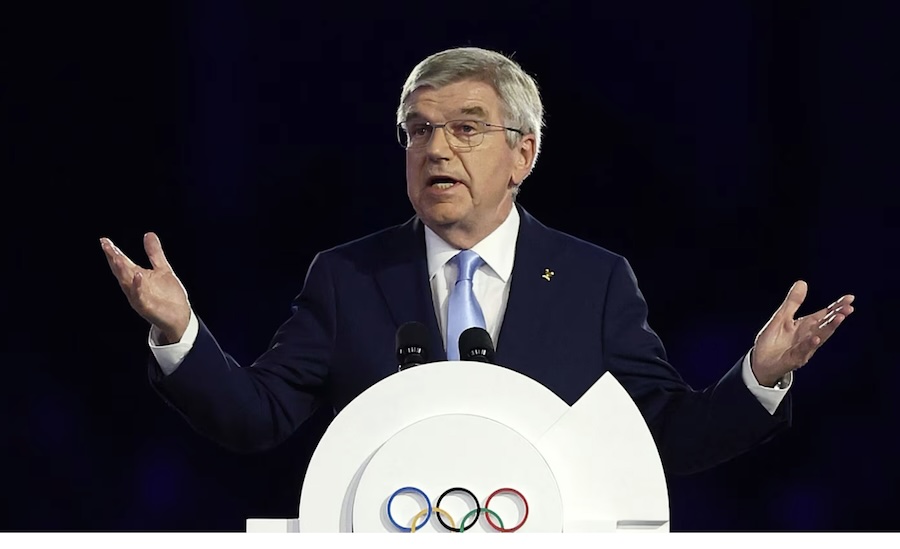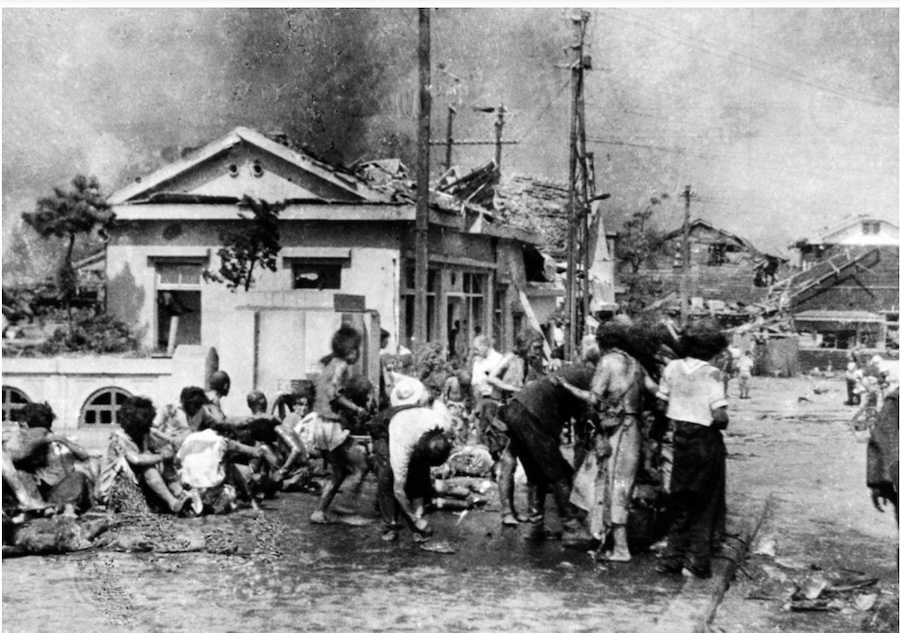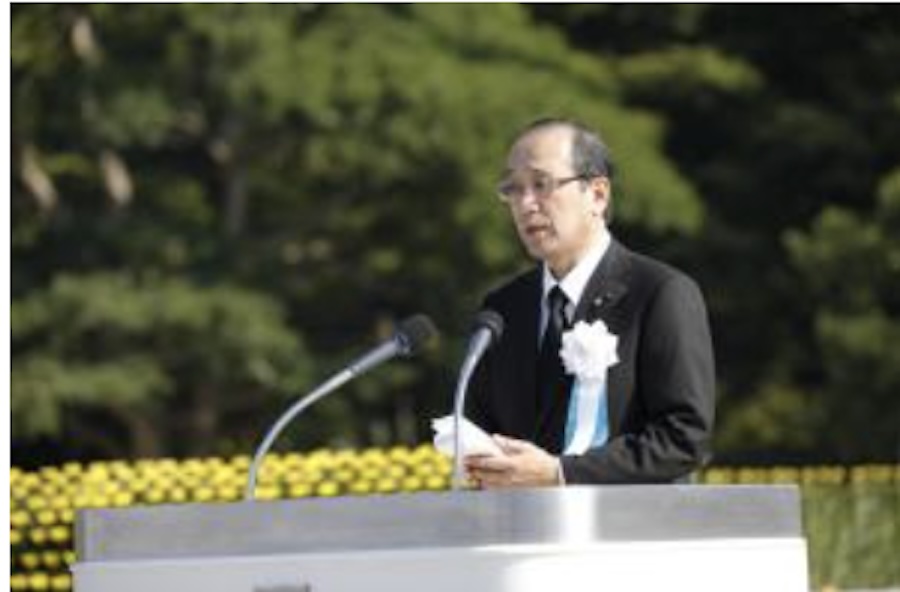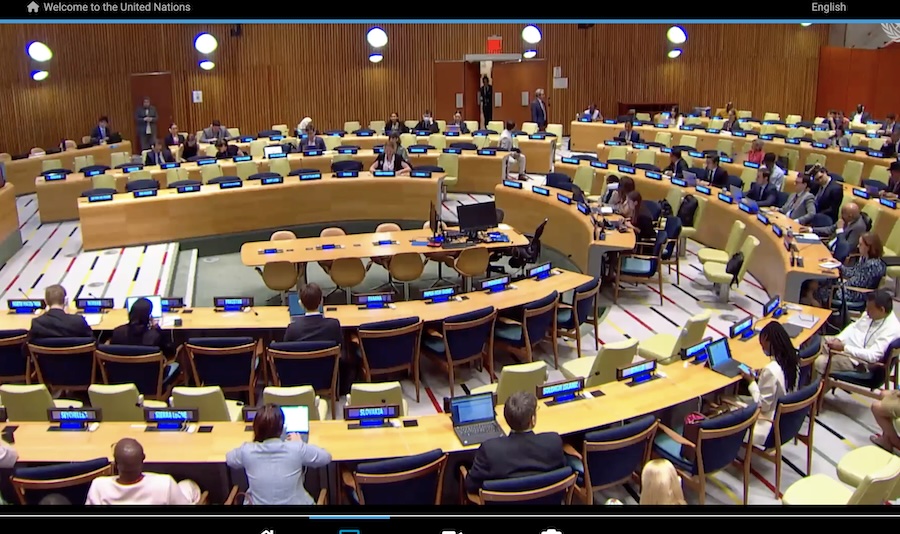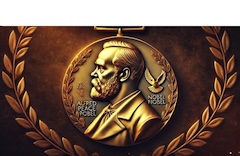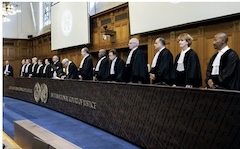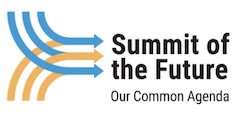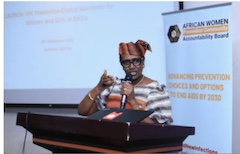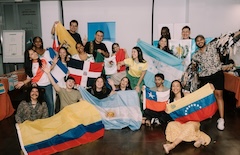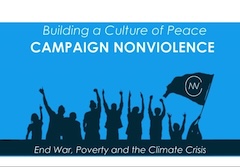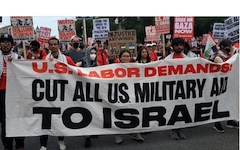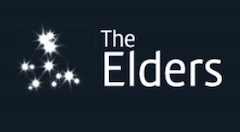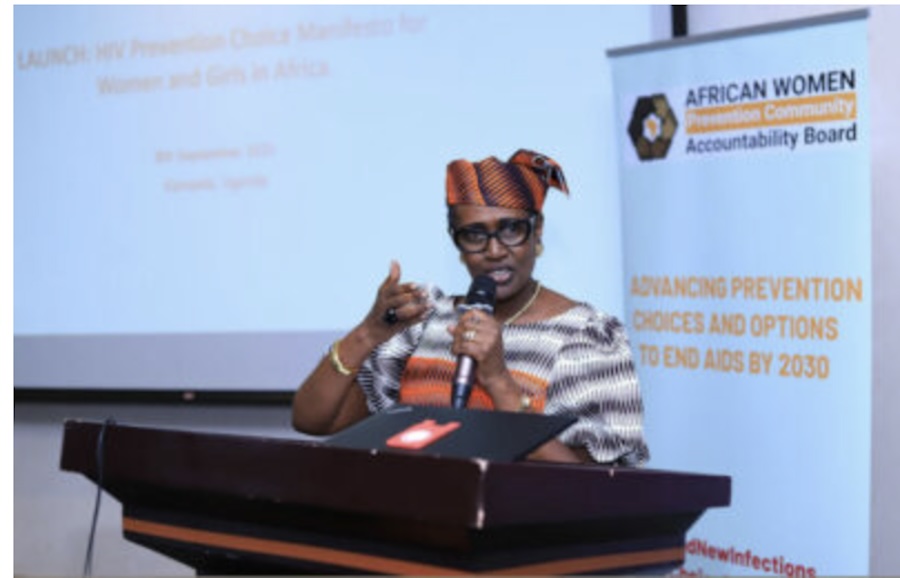. HUMAN RIGHTS .
An article from Democracy Now licensed under a Creative Commons Attribution-Noncommercial-No Derivative Works 3.0 United States License.
Reverend Jesse Jackson, the civil rights icon who worked closely with Martin Luther King Jr., ran for president twice, in 1984 and 1988, and founded the Rainbow PUSH Coalition, is expected to appear on stage on the opening night of this year’s Democratic National Convention. We play footage of an event held Sunday in Chicago to honor Jesse Jackson, which featured fellow civil rights activist Al Sharpton and Vermont Senator Bernie Sanders, among many other speakers.
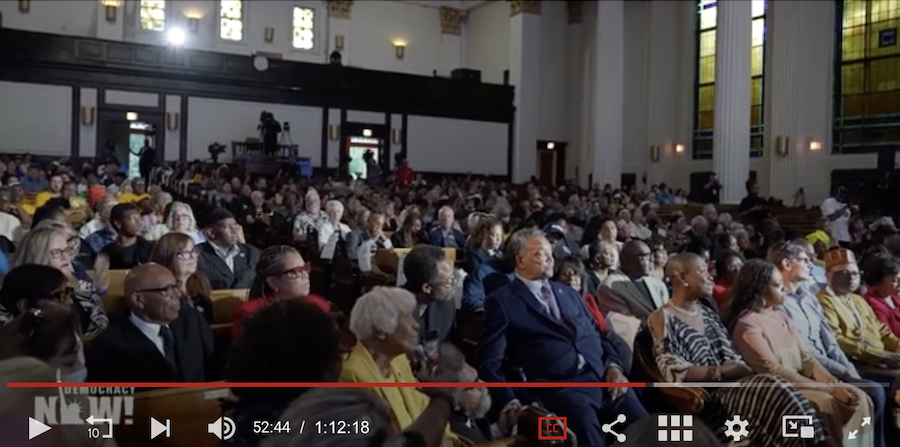
frame from video of the event. Jackson is in the front row, right center
“We learned at his feet,” Sharpton said of Jackson’s impact on civil rights activism. “Every time a Black [person] opens their mouth and talks about democracy, Jesse Jackson is talking. Every time we march, Jesse Jackson is walking. And when you see Kamala Harris get on that stage this week, Jesse Jackson is on that stage.”
Transcript
AMY GOODMAN: This is Democracy Now!, democracynow.org, “War, Peace and the Presidency: Breaking with Convention.” I’m Amy Goodman, here with Juan González.
JUAN GONZÁLEZ: Well, on Sunday, hundreds of people gathered here in Chicago to honor civil rights icon Reverend Jesse Jackson, the founder of Rainbow PUSH Coalition. In the 1960s, Jackson worked closely with Dr. Martin Luther King Jr. and the Southern Christian Leadership Conference. In 1984 and ’88, Jackson ran two groundbreaking presidential campaigns.
AMY GOODMAN: Reverend Jesse Jackson is expected to appear on stage tonight at the DNC. In 2017, he announced he had been diagnosed with Parkinson’s. On Sunday, the Reverend Al Sharpton praised Jackson as Jackson sat in the front row in a wheelchair, hundreds of people around him, family and friends. He praised Jackson for transforming the Democratic Party. This is the Reverend Al Sharpton.
REV. AL SHARPTON: I became a youth organizer under Reverend Jackson when I was 12 years old in New York. Many people do not understand the magnitude of what Jesse Jackson has done for this country. When Martin Luther King was killed in 1968, there was the vacuum of what was going to happen to the movement. I was born and raised in Brooklyn, New York. Some of the ministers, even though I was a young minister, seemed like they were not connected to what was going on in the urban North. Jesse Jackson came from the South but organized in Chicago and knew how to organize in urban centers. There would not have been a continuation of that movement had Jesse Jackson not bridged that gap and started fighting for collective economics at that time.
(Article continued in the right column)
The struggle for human rights, is it gathering force in the USA?
(Article continued from the left column)
Way before we started talking about corporate accountability, he was boycotting Fortune 500 companies, dealing with the economic policy, dealing with the exploitation of the poor. He became a national figure holding corporate America accountable. What people are doing now was started by Jesse Louis Jackson.
But directly, as they start the Democratic convention on tomorrow, let me just talk about his historic reshaping of the party. In 1983, he started saying a Black should run for president. There was, in 1972, the Gary, Indiana, convention, National Black Political Convention. There was the fights between the Black nationalists and those that were in elective office. Reverend tried to bridge that. It led all the way to ’83. He went around the country trying to get certain Blacks to run. In the middle of him doing that, he started a Southern voting crusade. As he was on the bus going through Mississippi, through Louisiana, registering voters, people started saying, “You should run, Jesse.” And we started to chant, “Run, Jesse, run!” Most of the Black elected officials didn’t see it. He ran anyway. And he ran and won many of those primaries, and he put us on the agenda, saying, “Our time has come.” …
It’s a remarkable career to be born in the Deep South, in the back of the bus, and to grow into being a world figure that literally changed the political structures as we knew it, put two of his sons in Congress — Congressman Jesse Jackson Jr., who’s a constitutional scholar, Jonathan Jackson now — reshaped the civil rights movement. What we’re doing now with civil rights organization, we learned at his feet.
Let me end by saying there’s some people that say that it’s sad Reverend Jackson, from Parkinson’s, can’t walk like he used to and talk like he used to. But I want you to know that every time a Black opens their mouth and talk about democracy, Jesse Jackson is talking. Every time we march, Jesse Jackson is walking. And when you see Kamala Harris get on that stage this week, Jesse Jackson is on that stage. He’s sitting there watching the results of his work. There wouldn’t be no us if it wasn’t for him. Thank you, and God bless you.
AMY GOODMAN: That’s the Reverend Al Sharpton honoring the Reverend Jesse Jackson last night here in Chicago at a gathering at the Rainbow PUSH Coalition headquarters. Hundreds turned out. Jesse Jackson is expected to appear on stage at the Democratic National Convention tonight. He ran twice for president, in 1984 and 1988.
Democracy Now! is broadcasting two hours each day from the Chicago convention as we cover the DNC from the inside out. In our other hour today, we’ll be talking with Osama Siblani, who runs a newspaper in Dearborn, will talk about the “uncommitted” movement. We’ll also be talking about two men who were imprisoned for over 40 years and then exonerated, what that means. That does it for our show from Chicago, from CAN TV. I’m Amy Goodman, with Juan González.
– – – – – –
If you wish to make a comment on this article, you may write to coordinator@cpnn-world.org with the title “Comment on (name of article)” and we will put your comment on line. Because of the flood of spam, we have discontinued the direct application of comments.
